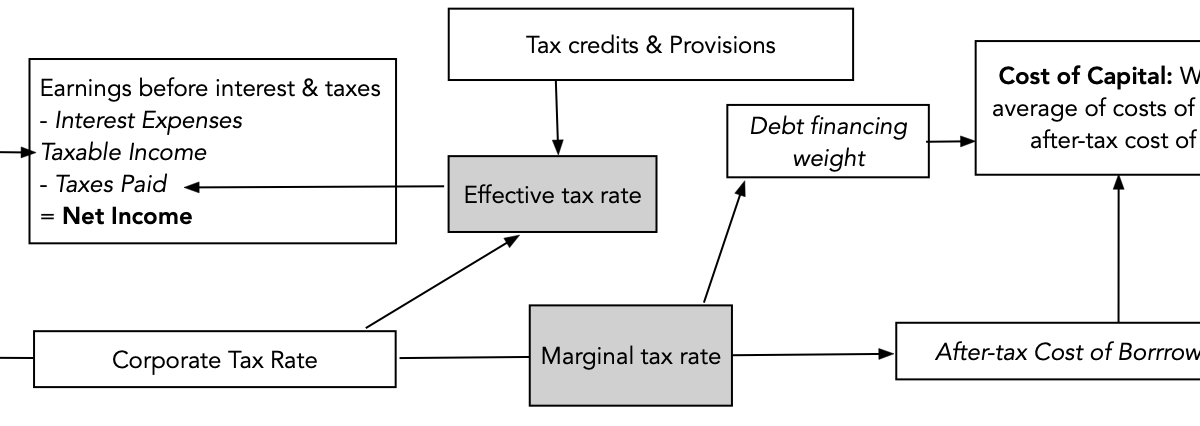
Running On Empty: How Corporate Cultures Fuel Burnout
In my work advising organizations, I've observed a disturbing trend that's about to reach critical mass. In my group coaching sessions with director and VP-level executives, conversations that once centered on growth and leadership development now focus overwhelmingly on protecting vulnerable workers and managing with limited resources. Burnout is not just a human resources challenge—it's becoming an existential threat.
The statistics back up my observations. The World Health Organization has classified burnout as a workplace disease since 2019, and its prevalence is only increasing. In a recent Society for Human Resource Management survey, nearly half the surveyed U.S. employees reported feeling burned out at work. Alarmingly, research shows that managers are now more likely to report burnout and low engagement than those they supervise. This is likely due to heightened pressure from corporate restructuring— mergers, acquisitions, and downsizing—that has drastically reduced their ranks.
These trends show no signs of slowing; with the incoming administration expected to be far more friendly towards merger and acquisition activity, managers may soon face even greater workloads with fewer resources. Based on my experience, here are the critical areas leaders need to focus on as we approach 2025.




















